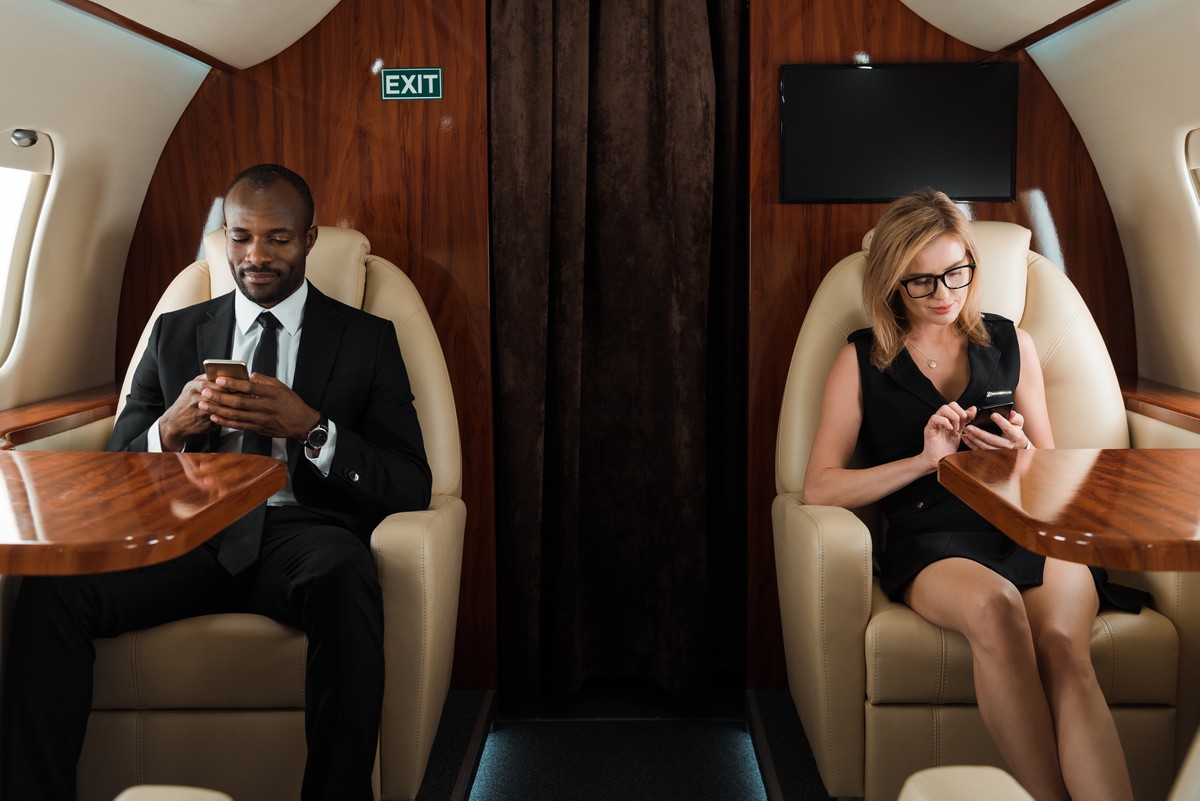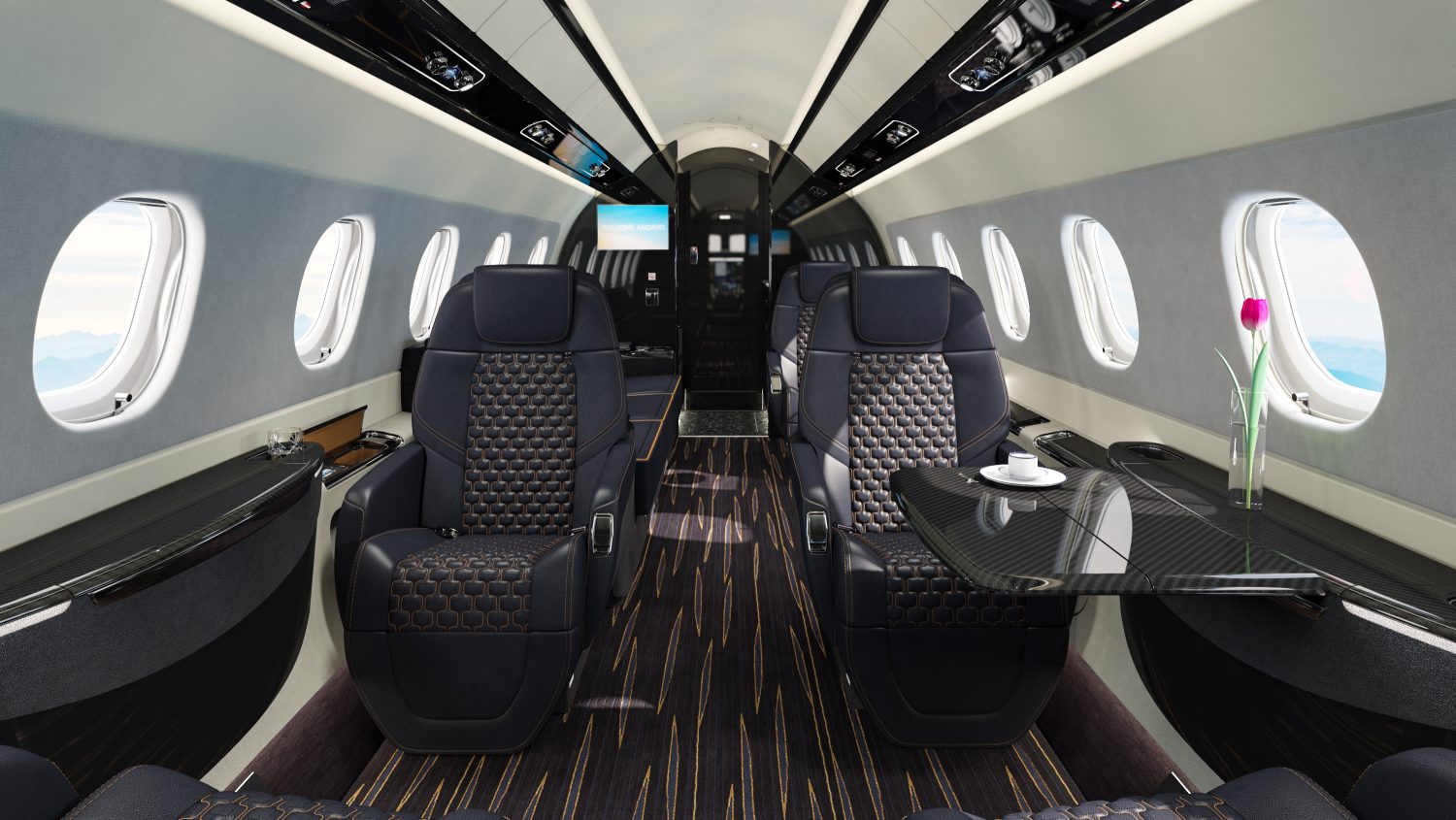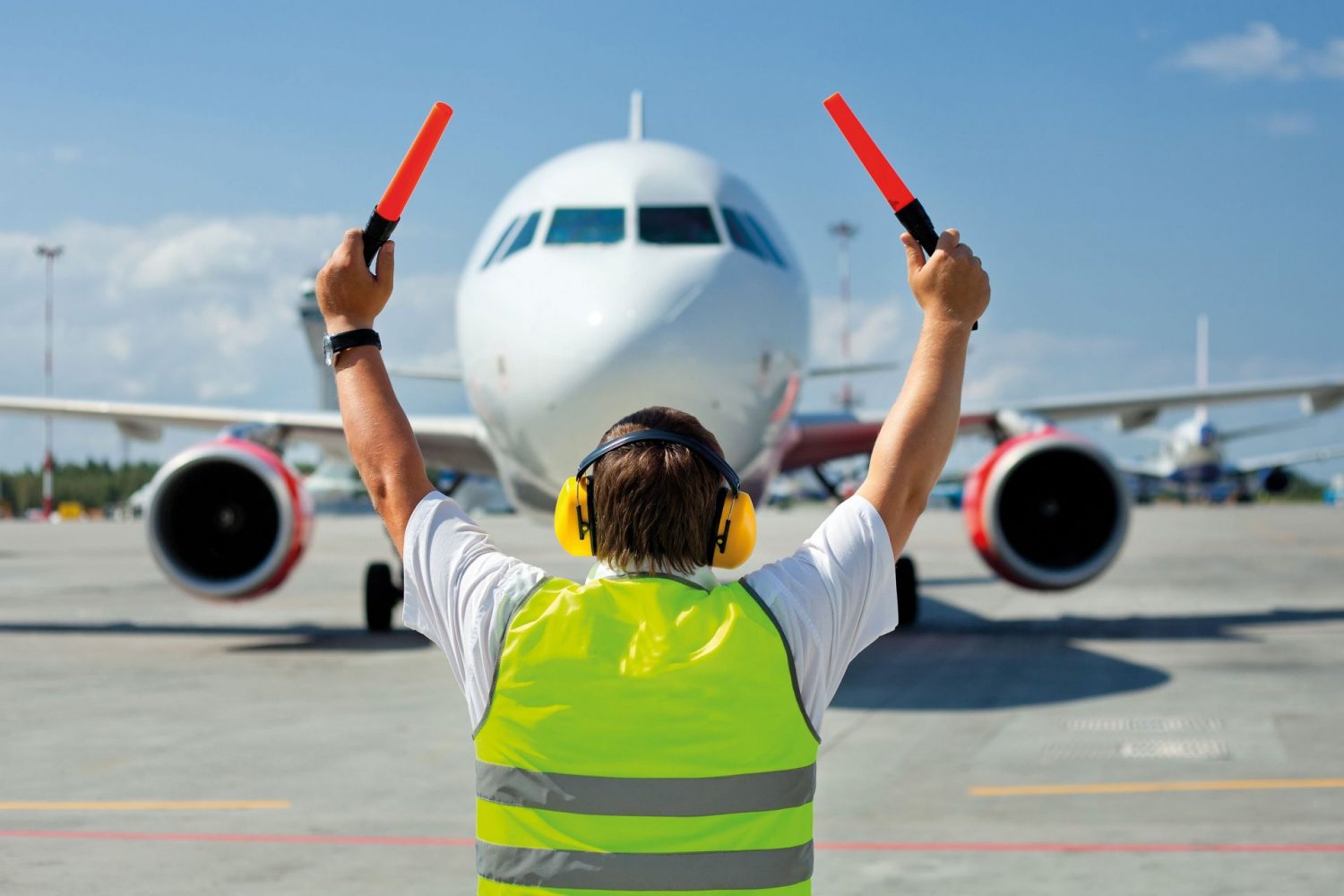New Technology in Private Aviation

How ADS-B, Autopilot and new construction techniques provide convenience and safety in private aviation
Technological advancements in private aviation are cause for celebration. As aircraft are designed, flight procedures are refined, and safety is perfected. The private aviation industry is one where small technical improvements can pay large dividends. In fact, millions of dollars are spent per year on R&D and hardware to enable technical improvements on aircraft.
These can be broken down into two main categories: convenience and safety. Convenience advancements improve the experience and environment for private fliers, where safety advancements are more self-explanatory, providing peace-of-mind and security for passengers. Both are becoming increasingly important to private flyers, and examples of each can be seen below.
Convenience Features in Private Aircraft

One large difference between commercial flight and private charter is the cabin environment. Commercial aircraft typically offer shuttle configurations, meant to be as efficient as possible in getting multiple passengers from one place to another. Granted, commercial passengers now enjoy video screens built into the headrests, along with WiFi capability, in-flight meals, etc. However, those conveniences pale in comparison to a private aircraft’s cabin.
Ever get too cold in an airline seat? Many private charter aircraft allow passengers to adjust their own temperatures and fan speeds, depending on which part of the aircraft they are seated in. These climate “zones” represent a major upgrade over the cabin of an airliner that remains one temperature for the duration of the flight, whether the passengers like it or not.
Another huge convenience of flying privately is new to aviation within the past few years. Using LED lights throughout the cabin, the pilots of a private aircraft can modify the color temperature of the light, mimicking the various stages of sunlight throughout the day. For example, if a trip occurs in the morning, the crew can adjust the lighting to match the soft and warm glow of the sunrise. This assists the body in recognizing the time of day and allows the passengers to wake up in a natural fashion. As the day progresses, the cabin lighting gets brighter and more neutral in color temperature, and finally darkens with a gradient effect closer to dusk and evening. By using light to its advantage, a private aircraft cabin can “trick” the human body into recognizing the time of day and giving passengers a more comfortable flying experience.
Lastly, flight technologies that fall within the convenience category can also be seen in the cockpit of the plane, where pilots use different functions to provide a more enjoyable experience for the passengers. While not relatively new, Autopilot has proven to be an instrumental tool in an aircraft’s repertoire, enabling the crew to fly smoother and faster. Most passengers don’t realize most of the small adjustments that an aircraft makes during flight are handled by the computer, driven by the Autopilot. It maintains the course of the aircraft, altitude, and throttle inputs to keep the plane flying straight and true, and can even compensate for slight turbulence and weather.
Safety Features for Private Aircraft

When discussing tech in the aviation industry, safety is arguably as important as convenience, if not more-so. A safe aircraft is a happy aircraft, and the same can be said for passengers and pilots. Entire sub-industries have been created in the pursuit of safety, such as the aforementioned Autopilot and ADS-B, which is an incredible technology that makes it almost impossible for aircraft to collide mid-air. Aviation is already one of the safest forms of travel, and these tech advancements only widen the gap even further each year.
One of the biggest changes to private aviation starting in 2020 is the required use of ADS-B in United States airspace. ADS-B stands for Automatic Dependent Surveillance-Broadcast, which is a surveillance tech that transmits and receives the locations of aircraft to each other automatically. Thus, pilots don’t need to see an aircraft to be aware of its location in the air, as the ADS-B radios in each plane can communicate with each other, preventing mid-air collisions. It works by combining satellite navigation data and air traffic control ground stations to form areas of protection around each aircraft. If two planes are flying towards each other, their respective ADS-B modules decide which aircraft flies higher, and which one flies lower. This revolutionary new tech enhances safety by allowing aircraft to be visible to each other at all times, in all weather situations, on the ground or in the air. In fact, it is deemed to be so vital to safety that the FAA requires all charter aircraft to operate with fully functioning ADS-B modules on board.
Along with providing a smooth ride for passengers, Autopilot provides security and safety for private aircraft as well. It’s no mystery that pilots are one of the most skilled professionals in the hospitality business, but even they can benefit from a system that doesn’t get tired and is always vigilant. While Autopilot was developed in the early 1900s, only recently has it become attainable to almost any aircraft operator, bringing most charter aircraft into the realm of Autopilot usage. Using the sensors around the plane and integrating with the flight surfaces, one can think of Autopilot as the perfect mechanized pilot, reducing the stress and fatigue from the actual pilots and keeping the aircraft on a safe course throughout the trip.
Even aircraft frames and construction are benefiting from new technologies, such as stronger lightweight materials that boost rigidity,and increase efficiency. Carbon fiber reinforced plastic (or CFRP for short) is a strong material that many manufacturers are incorporating into their designs. These improved designing technologies allow aircraft manufacturers to improve the aerodynamic properties of wings, improving efficiency. Even the shape of the body of the plane can make large differences with only millimeters of adjustment.
Summary: New Technology Enhances Both Convenience and Safety in Private Jets
With any industry, technological advancements have the potential to greatly revolutionize products and enhance their impact on customers. In private aviation, this is increasingly true. As the expectations of convenience features and demand for safety features increases, private aircraft operators and owners will continue to benefit by keeping up with technology.